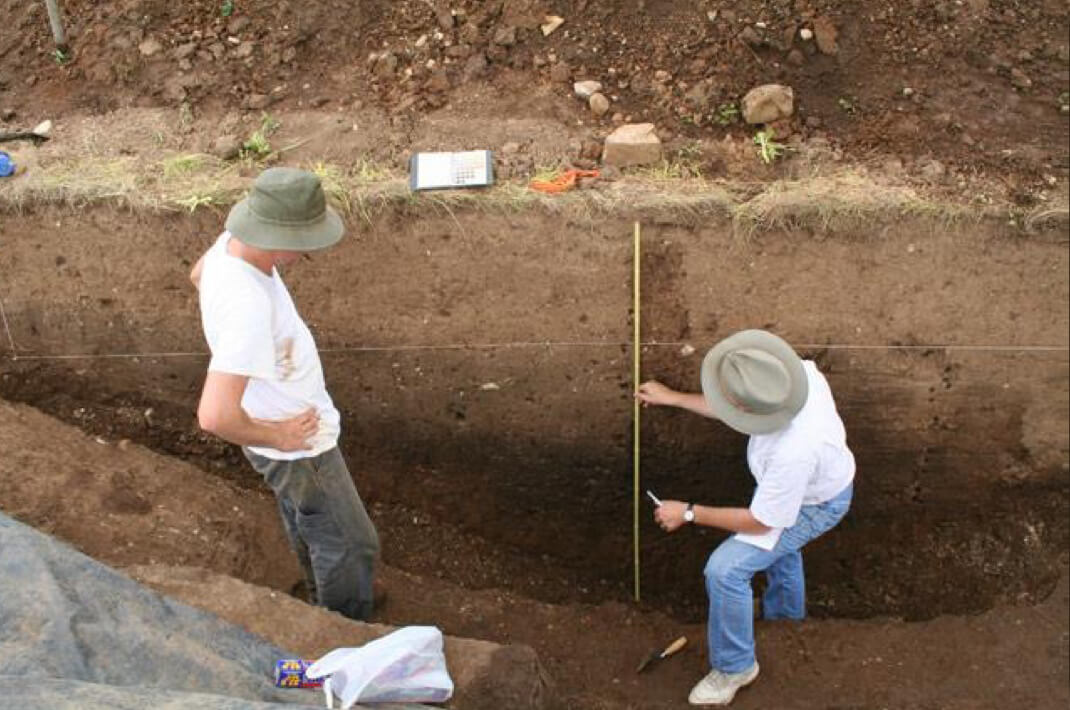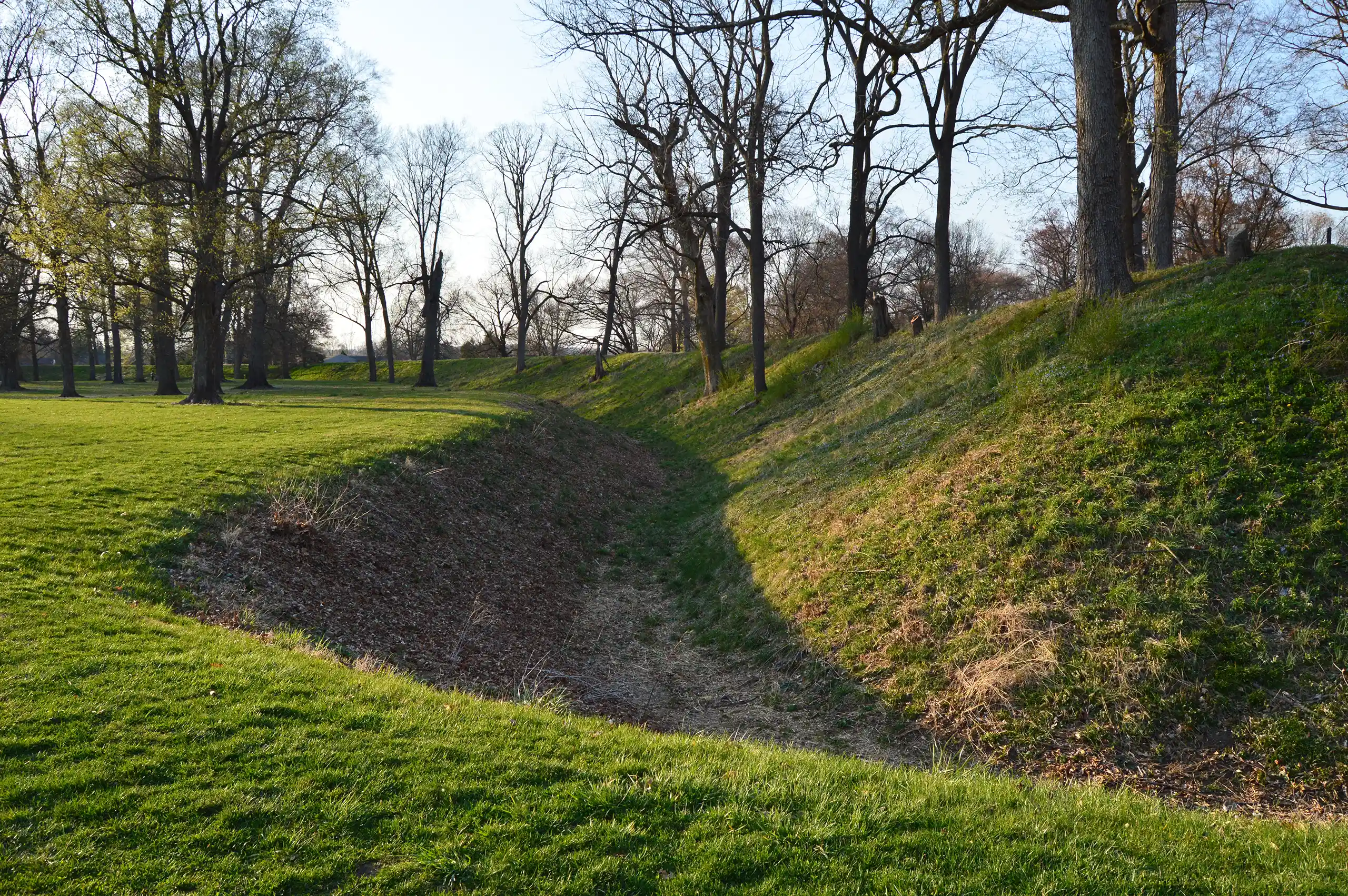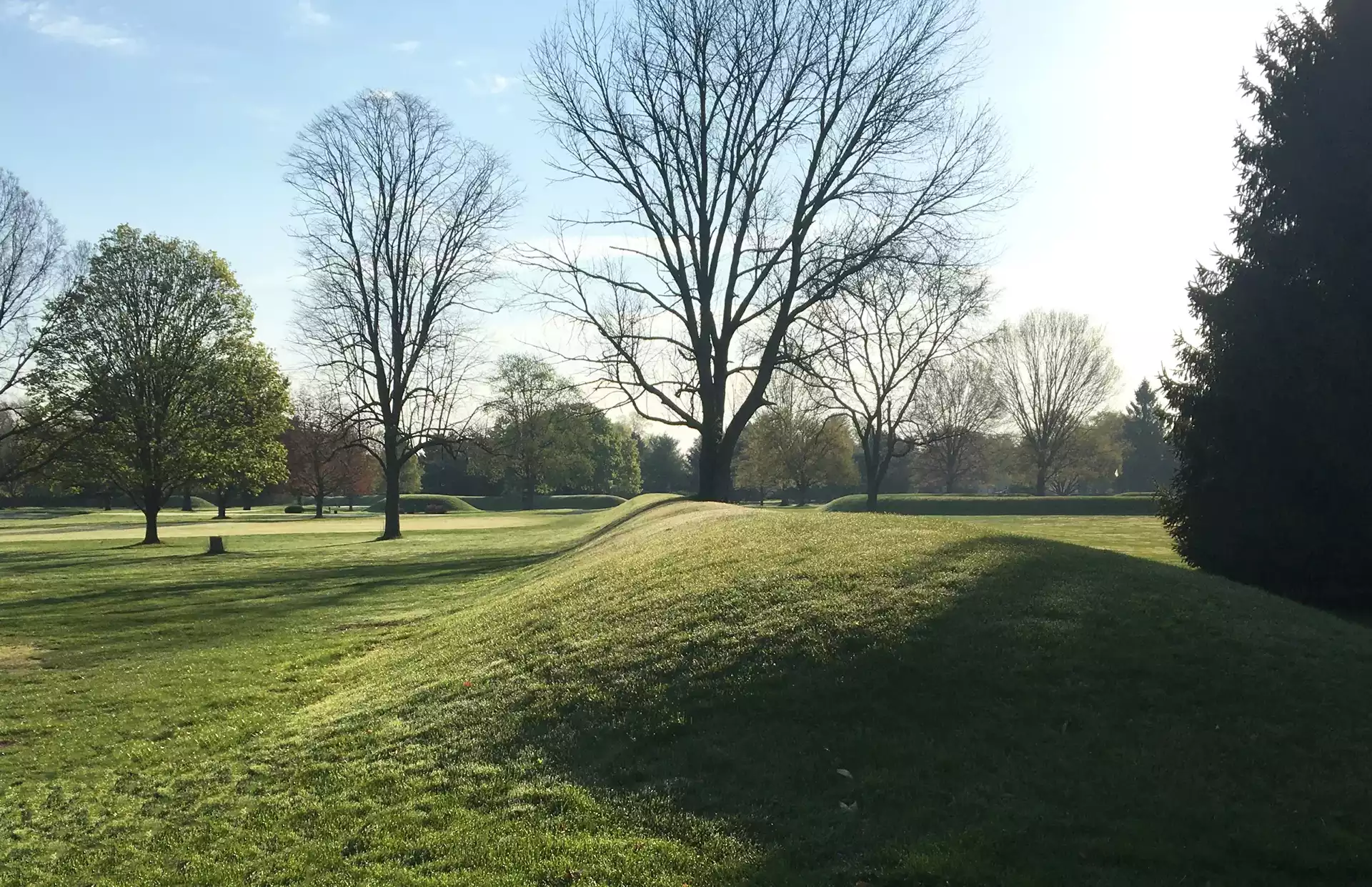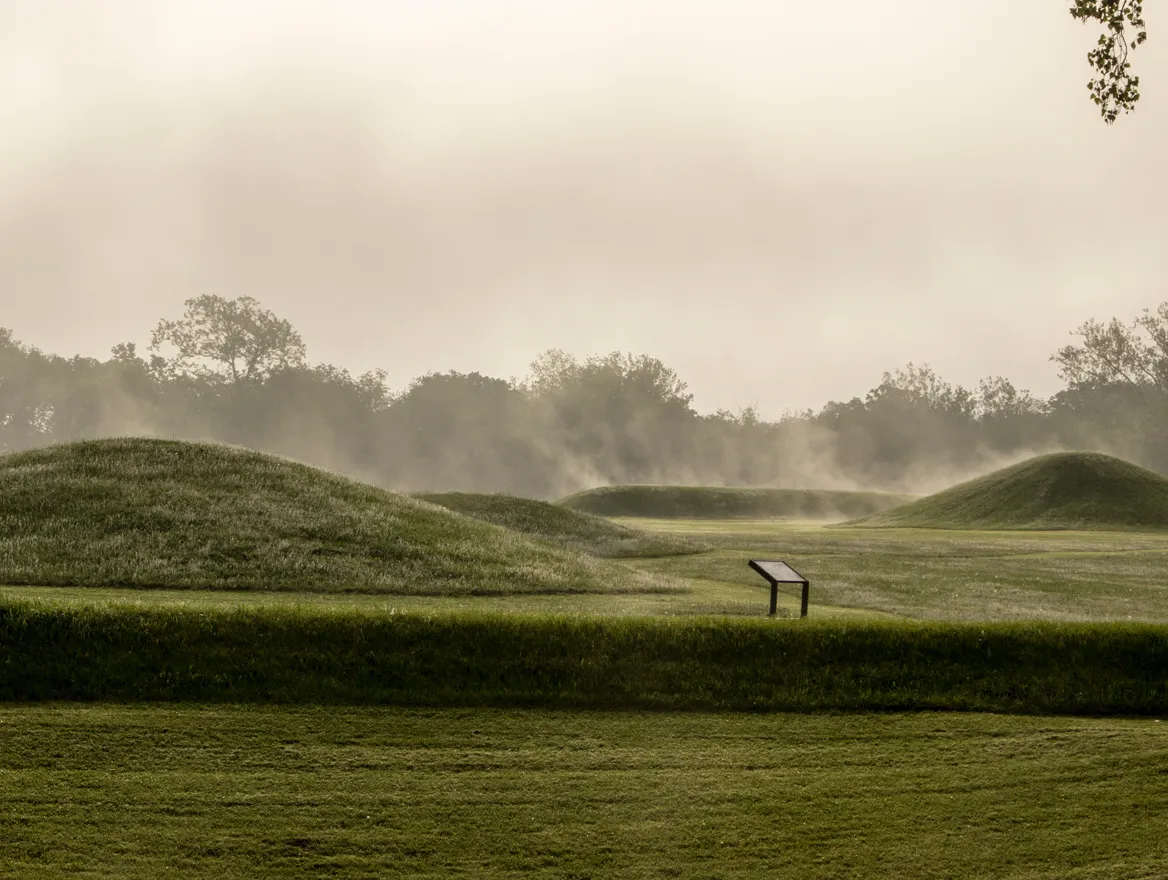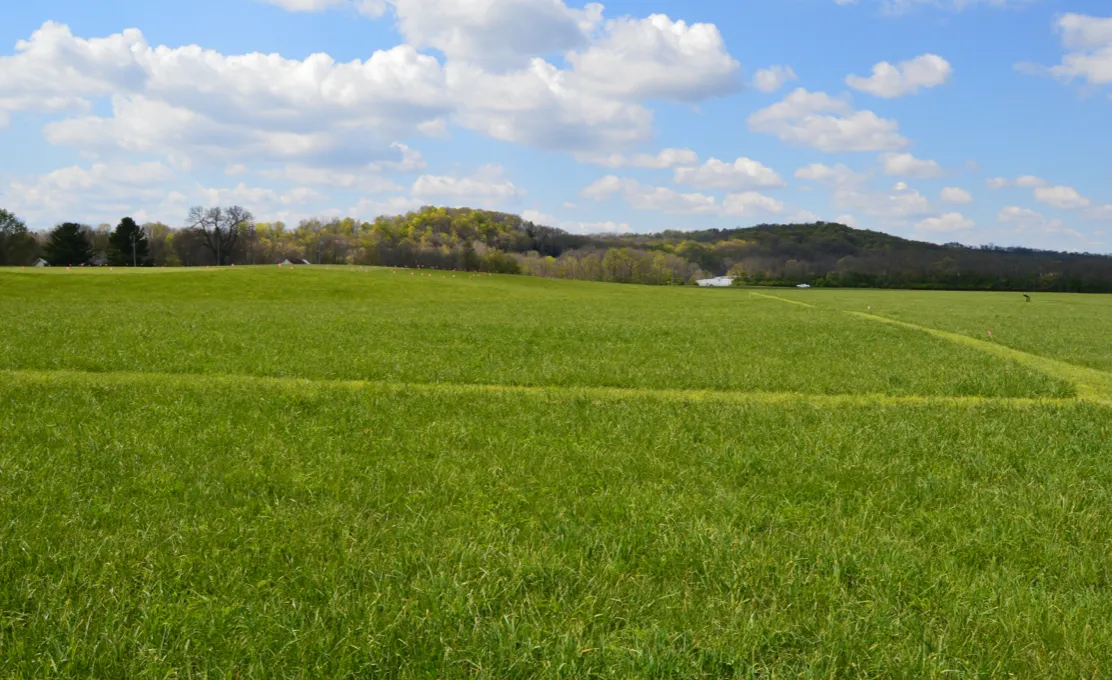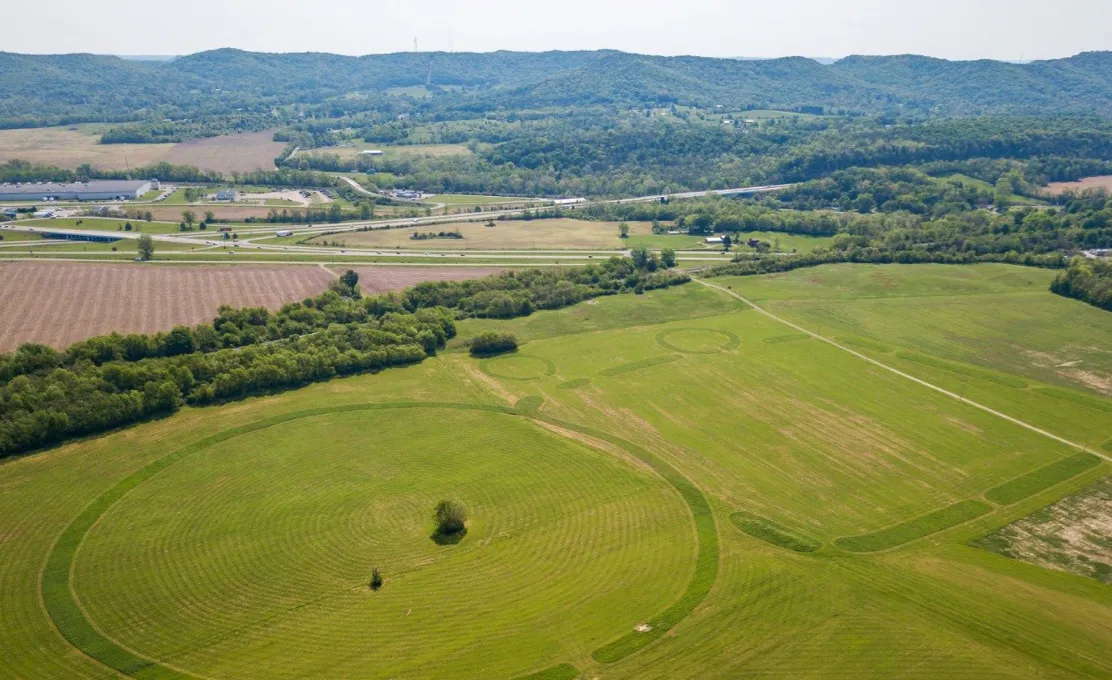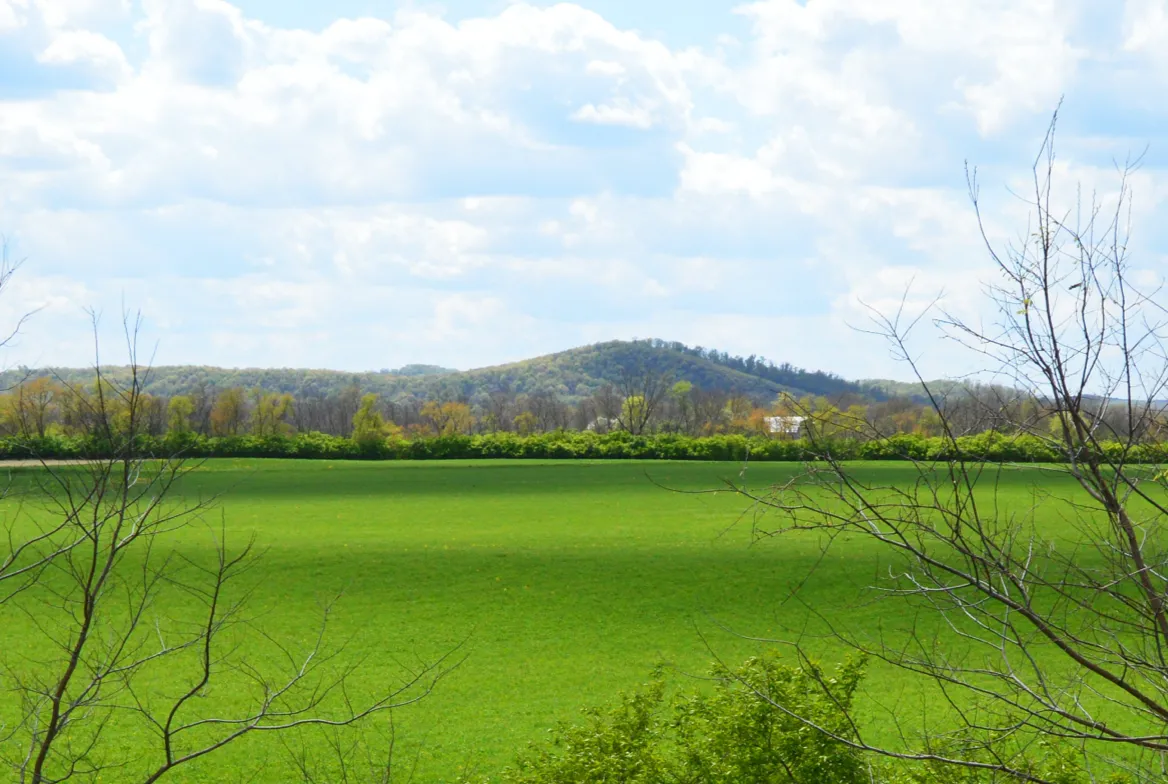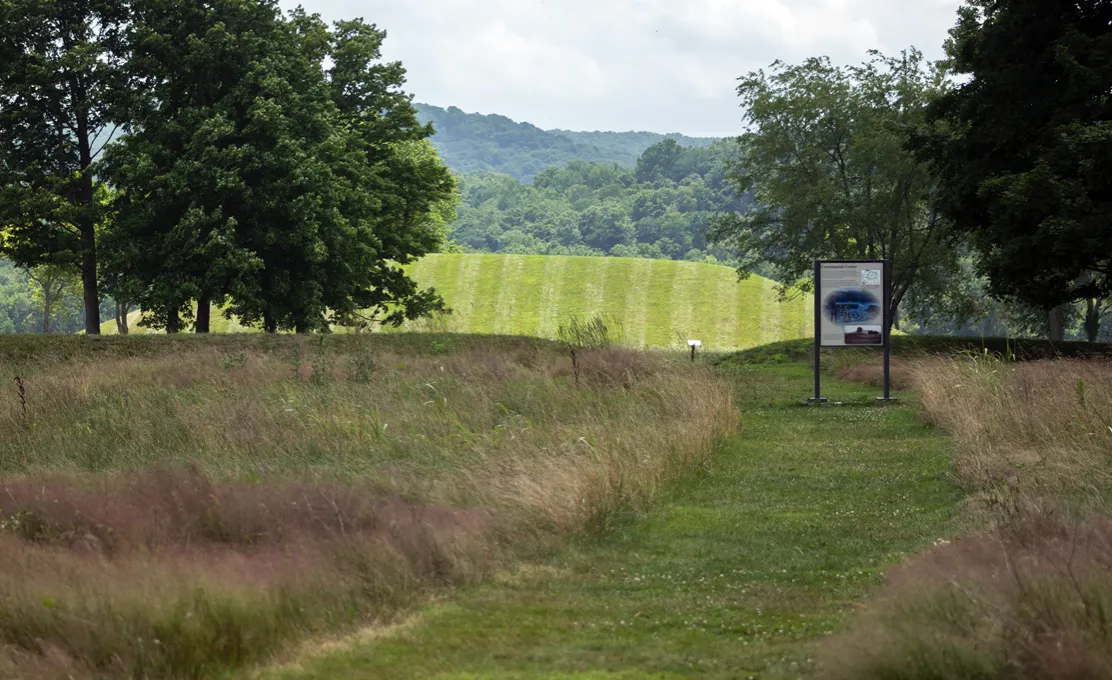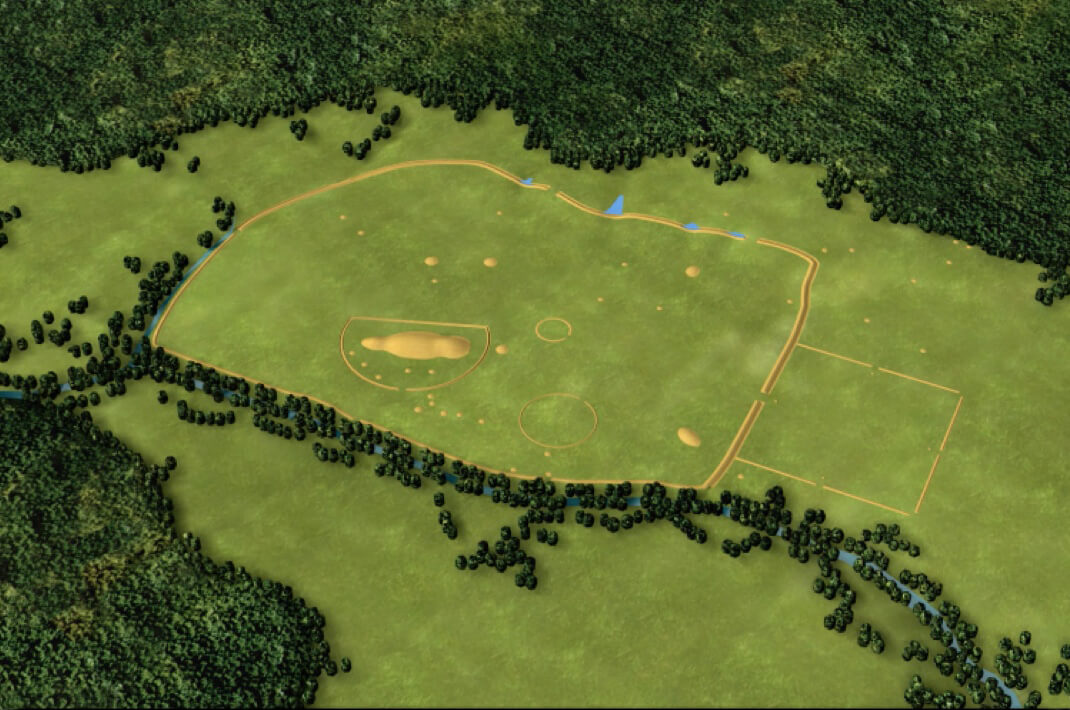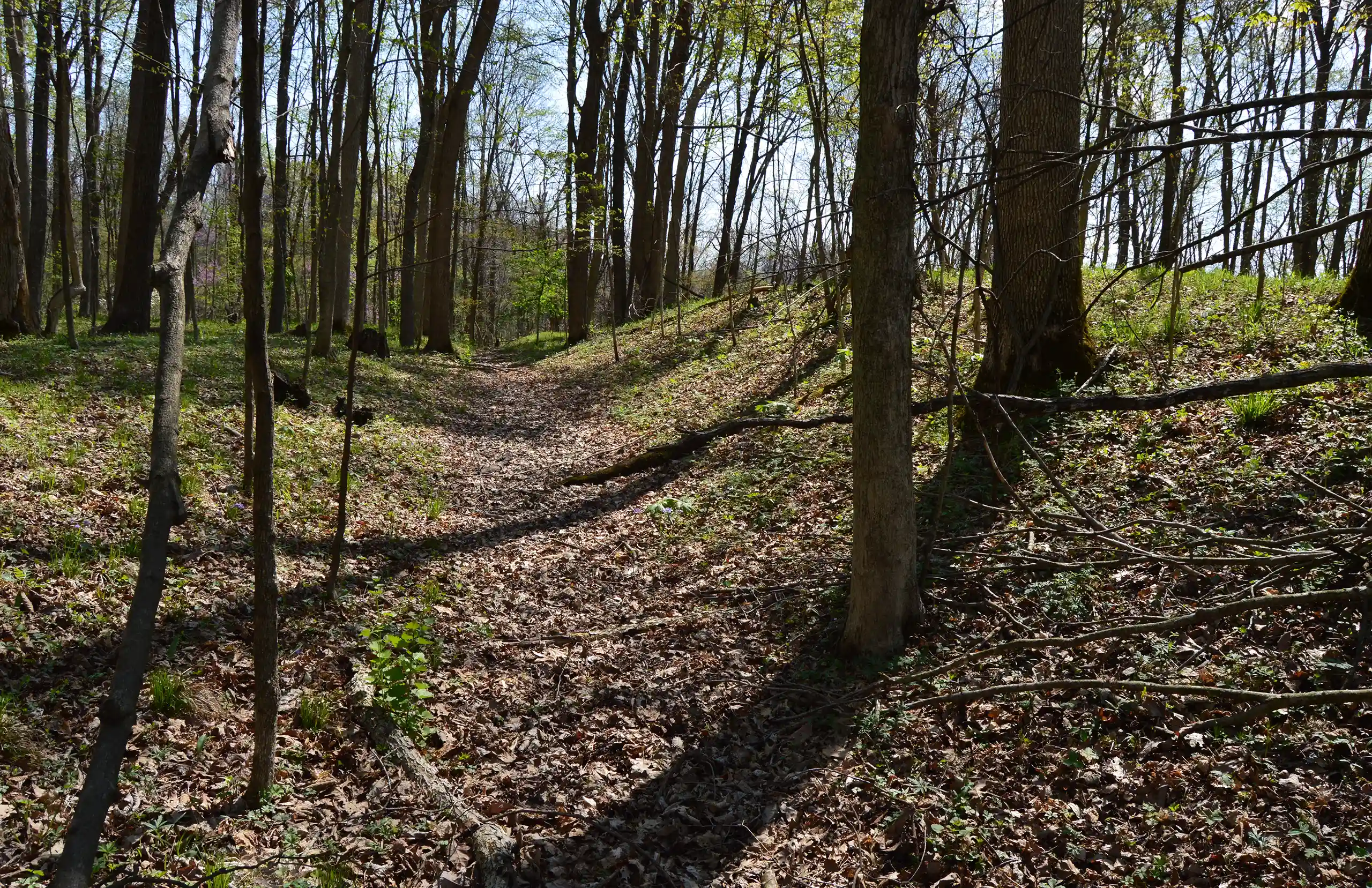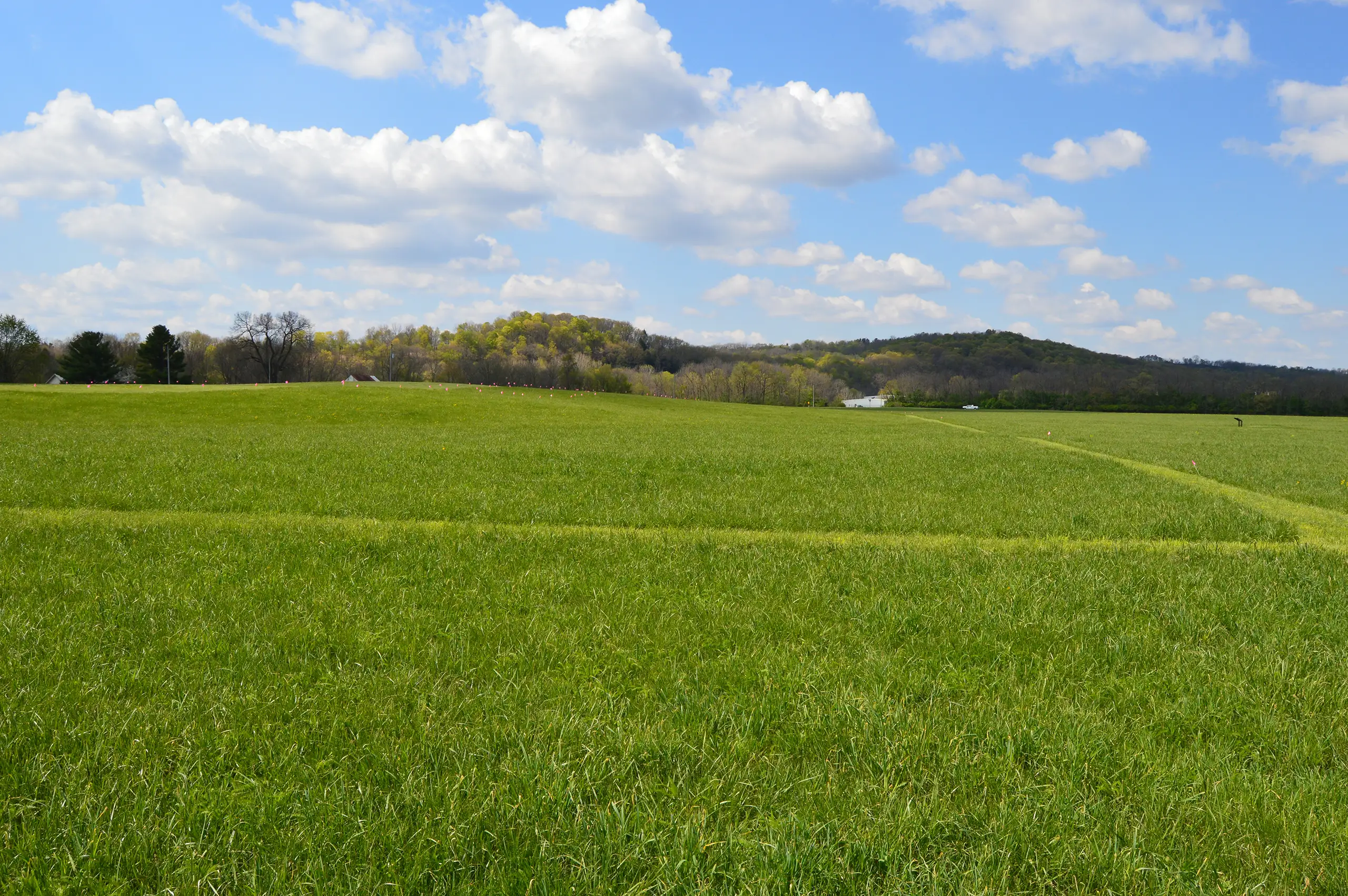Hopewell Mound Group
Chillicothe, OH
While most Hopewell complexes were seemingly used for less than two centuries, evidence suggests that the Hopewell Mound Group maintained its significance as a ceremonial center throughout the entire era of the Hopewell Culture in Ohio, approximately 400 years. This long use combination of these features supports the idea that the Hopewell Mound Group served as the ceremonial center among all the earthworks in this area.
Visitor Info
4731 Sulphur Lick Road
(Township Highway 114X)
Chillicothe, OH 45601
- Park grounds: Open dawn until dusk
Coordinates:
39.3608166 °N
83.0844809 °W
What you'll see
While many of the original structures are no longer visible, you can still see traces of the earthworks that once stood here. The general shape of the Hopewell Mound Group forms a parallelogram, with a Great Enclosure that measures 1,800 feet on the east and west sides and 2,800 feet on the north and south sides. Archaeologists approximated that the walls were originally 35 feet wide at their base, enclosing an area of 111 acres. Remnants of the eastern, western, and northern walls remain visible.

Archaeology & Artifacts
Regrettably, the once-imposing earthen monuments of this sacred site have become nearly invisible to the casual observer. This magnificent earthwork complex suffered the same fate as numerous other earthwork complexes in southern Ohio. Over the course of two centuries, the gradual process of plowing eroded the sloping earthen embankment walls, rendering them barely discernible today. The larger mounds, too massive to plow, were excavated below ground level by archaeologists in the early 1900s and were never restored.
Most recently, the National Park Service partnered with the German Archaeological Institute and the Ohio State University to uncover more sections of the complex using magnetometry, a technique used to study soil disturbances. Magnetometers allow archeologists to “see” into the ground and identify what lies beneath without having to excavate and compromise the site.
The Hopewell Mound Group held the most remarkable collection of artistic Hopewell objects ever found. Items discovered here were associated with quintessential Hopewell imagery, including bird and bear claws made of mica and copper. These artifacts were crafted from rare materials not typically found in Ohio, such as ceremonial blades made from obsidian sourced from Yellowstone National Park, further supporting the cultural importance of this site. Ancient people of North America traveled far to offer materials from their own homelands, which was no small feat when travel was either by foot or waterway during this time.
